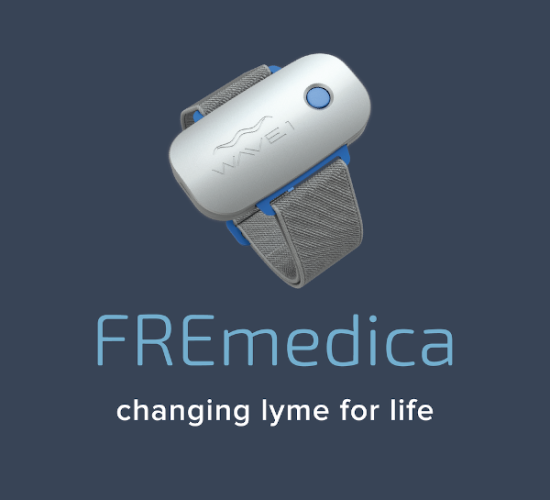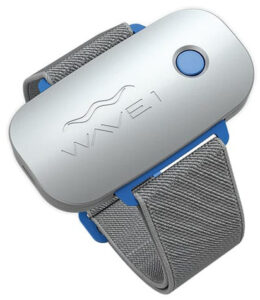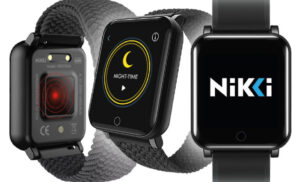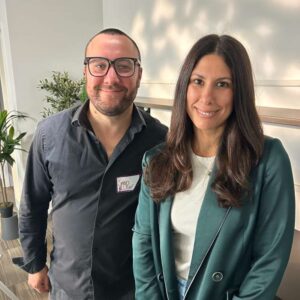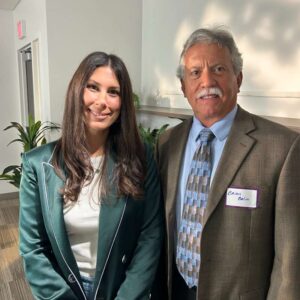Introduction
In today’s fast-paced world of medical advancements and breakthroughs, alternative therapies have started gaining recognition. One such promising therapy that has garnered attention is frequency therapy. Let’s delve into the journey of Stephen Davis (check out podcast interview), founder of FREmedica, and his lifelong work researching and deploying frequency therapy technology to help the chronic Lyme disease community.
Who is Stephen Davis?
Born and raised in tick-infested Saskatchewan, Stephen Davis had a personal brush with Lyme disease when his daughter fell ill. The medical fraternity had no answers, leaving him determined to find a solution. This quest led him to the formation of FREmedica and the development of a revolutionary device, the WAVE 1, aimed at helping individuals battling Lyme and other tick-borne diseases through frequency therapy.
Understanding Frequency Therapy
The concept of frequency therapy may seem complex, but its essence is simple. It’s about using specific energy frequencies to combat various health issues. Stephen’s background led him to realize that frequency therapy could potentially aid in treating Lyme disease and other similar conditions, which he proved using his daughter and two grandsons as the first of many to benefit from this alternative treatment.
The Journey to FREmedica
Stephen’s life took a turn when his daughter started showing signs of serious illness following the birth of her first child. Despite the lack of understanding about Lyme disease at the time, Stephen’s relentless pursuit for answers led him to a breakthrough. This marked the beginning of FREmedica and the development of the WAVE 1, a device designed to harness the power of frequency therapy to treat chronic Lyme disease and co-infections, as well as parasites, mold, and viruses.
The WAVE 1: Harnessing the Power of Frequency Therapy
The WAVE 1, a small device reminiscent of a flat computer mouse, operates by emitting specific frequencies that invoke the immune system to identify and combat pathogens, such as Lyme disease, Bartonella, Babesia, and EBV. It effectively helps restore the body to a state of homeostasis, allowing it to do what it was naturally designed to do. Users generally wear it on their wrist or ankle and can use it while performing their routine daily tasks.
The WAVE 2: The Next Step in Frequency Therapy
The WAVE 2, an advanced version of the original device, further enhances the power of frequency therapy. It’s designed with more functionalities, ensuring the therapy is more effective and efficient. It has been made even more compact and resembles a small watch, similar to the Apple Watch’s appearance. The WAVE 2 will be launching in the near future.
NIKKI: Enhance Your Life Beyond Lyme
NIKKI is a watch-size wearable offering frequency programs that will help you sleep better, suffer less pain, enjoy more energy and cope with stress, all of which are daily issues for many of us. The Nikki can be used by Lyme patients to complement their Lyme frequency protocol (available as a free download to their WAVE 1 or 2 devices) as well as individuals not impacted by Lyme or tick-borne diseases to enhance their overall health, including sleep, stress, energy, allergies, anxiety, pain, and more.
Addressing Skepticism
Like any other alternative therapy, frequency therapy has faced skepticism. However, Stephen’s steadfast belief in his device, along with numerous success stories from users, has helped dispel many doubts. The proof lies in the improved health of patients who have used the WAVE 1 device.
The Future of Frequency Therapy
Stephen Davis’s journey from a concerned father to the founder of a breakthrough therapeutic technology is truly inspiring. As FREmedica continues to develop and innovate, the potential of frequency therapy becomes increasingly evident.
Conclusion
In the fight against Lyme disease and other similar conditions, Stephen’s work offers a beacon of hope to millions suffering worldwide. As the medical community continues to explore and understand the potentials of frequency therapy, it’s clear that this innovative approach is here to stay.

